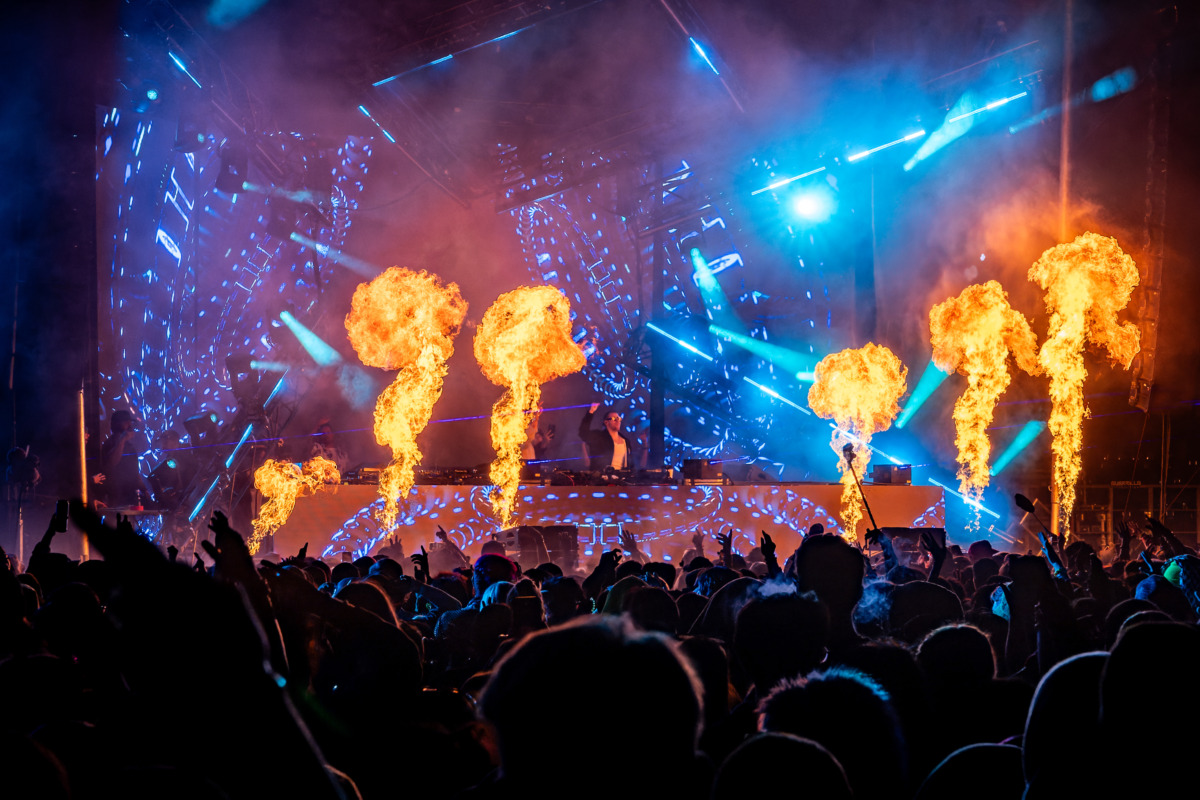Yu-Gi-Oh! is one of the most successful franchises of the last two decades. Originally a serialized manga that ran from 1996 to 2004, the title has since spawned numerous anime series, video games and one of the best-selling trading card games in history. What's more, the 2002 anime adaptation Yu-Gi-Oh!: Duel Monsters remains one of the most popular anime series of all time.
The Yu-Gi-Oh! series was an almost immediate hit, arriving in North America hot on the heels of international sensation Pokémon. Although the series was hardly a clinic in storytelling and featured a now-infamously poor localization, it was exactly the kind of program North American anime viewers were waiting for.
It's true the plots and characters were formulaic, and almost nothing significant happened outside the context of a tabletop card game. But Yu-Gi-Oh! regularly touted the value of intellect and wit over violence, denounced bullying and encouraged tolerance, also depicting the importance of self-confidence and friendship.
Additionally, there was a pervasive darkness to Yu-Gi-Oh!'s overall aesthetic that set it apart from other preceding titles. Indeed, the main character is regularly possessed by the soul of an empirically dark, baritone-voiced doppelgänger. While that hardly sounds like a conceit of a Y-7 rated program, Yu-Gi-Oh! incorporated darker themes and designs all while keeping a thoughtful, decidedly entertaining card game at the forefront. However, that very same darkness plays a much larger role in the series' source material, and the (now world-famous) card game a much smaller one.
Although the Duel Monsters card game plays a centripetal role in every significant plot and character development of the anime, only two arcs of the Yu-Gi-Oh! manga involve it. It isn't until Chapter 60 that the plots begin to shift toward more card game-heavy storylines. Up until then, most of the story centered around Mutou Yugi and the spirit of the Millennium Puzzle -- appropriately dubbed Dark Yugi -- subjecting bullies and other villains to various psychological death games, or Shadow Games.
For example, in Chapter 10 of the manga "The Cards With Teeth (Part 2)," Dark Yugi sealed franchise antihero Kaiba Seto's living soul into a Duel Monsters card, wherein he was continually attacked by monsters from the game. Although Dark Yugi says the punishment is a temporary illusion, it makes Kaiba's fate no less horrifying. Consequently, Kaiba later built the Death-T theme park -- an amusement park consisting of deadly takes on classic rides and features -- and trapped Yugi and his friends inside out of revenge.
While the Yu-Gi-Oh! anime relied almost exclusively on the mechanics and nuances of the titular trading card game, the original manga more regularly incorporated the aesthetics and mechanics of a horror series. And although the anime diverted from these mechanics quite a bit, they weren't abandoned completely.
Rather, because they appear less frequently in the anime, the darker themes and moments stood out all the more prominently, which contributed in no small part to the series' overall rise to mainstream success. What's more, despite having made serious aesthetic and narrative departures from the source material, the Yu-Gi-Oh! franchise still remains at the forefront in today's anime and manga markets.
About The Author

